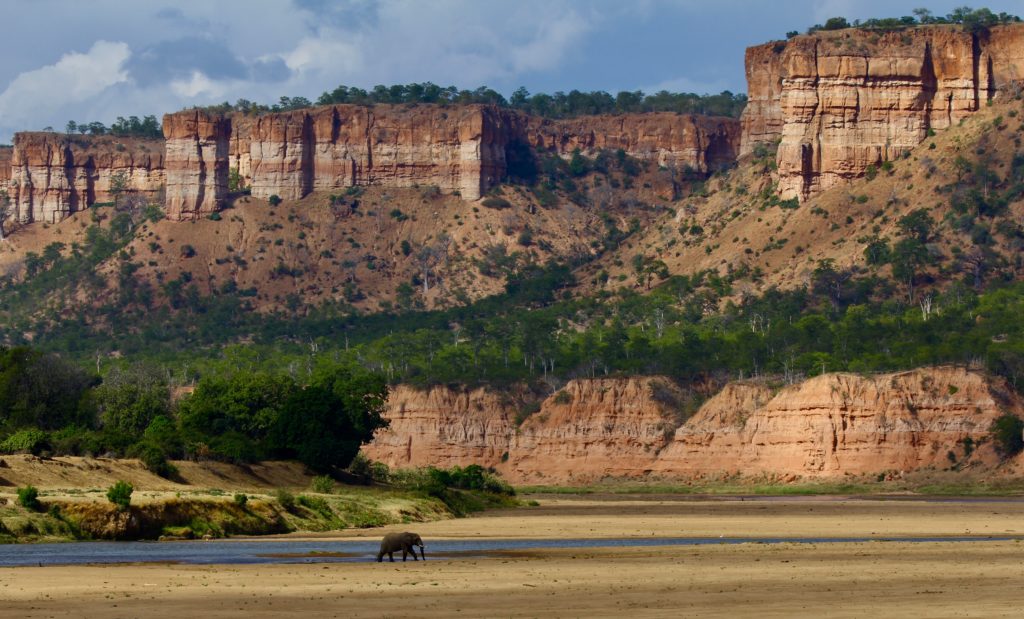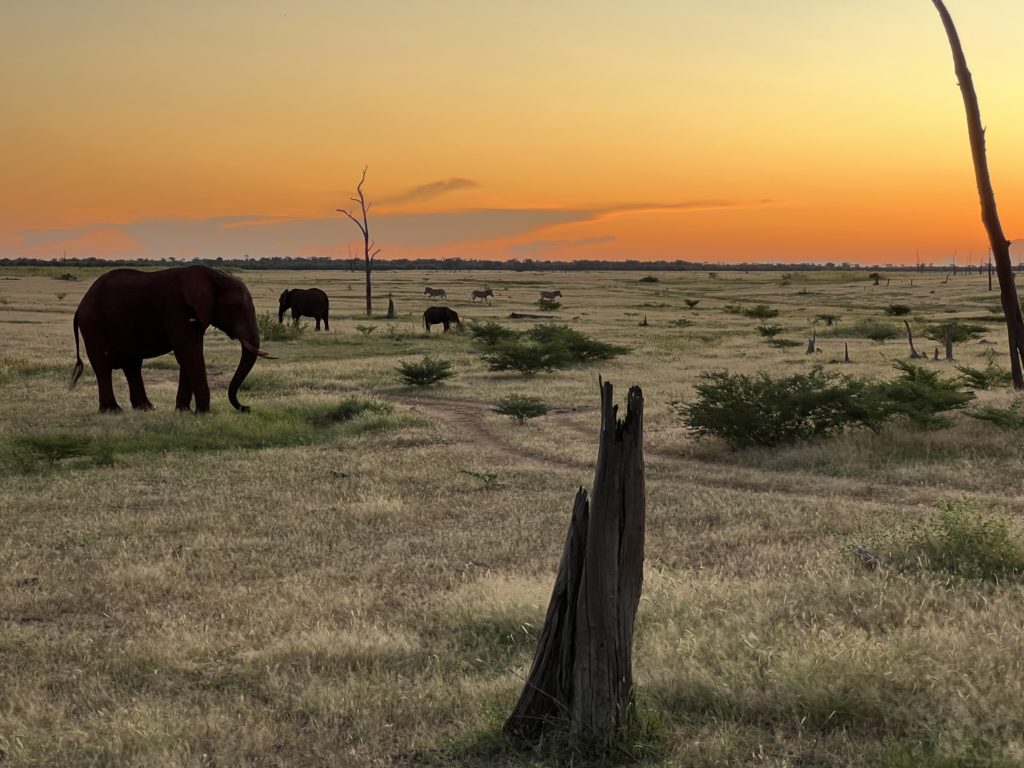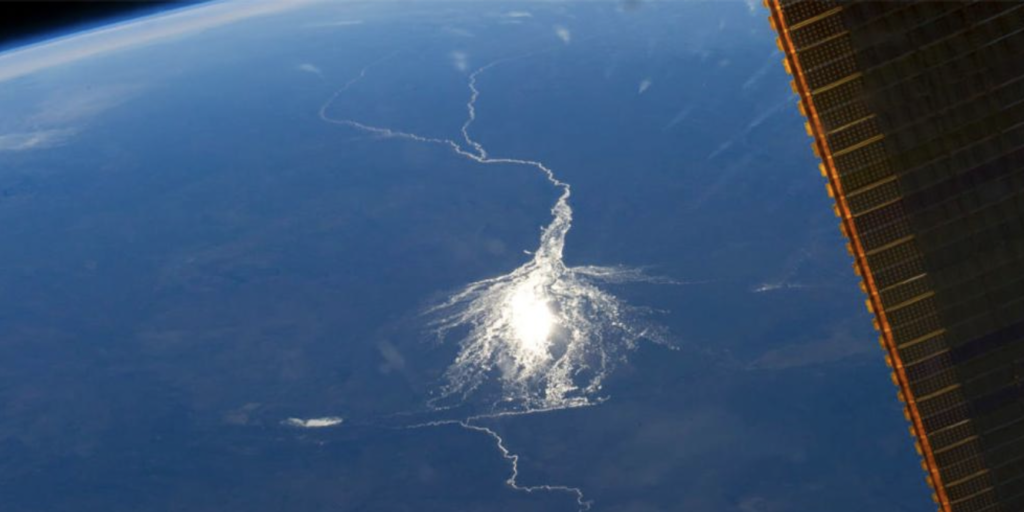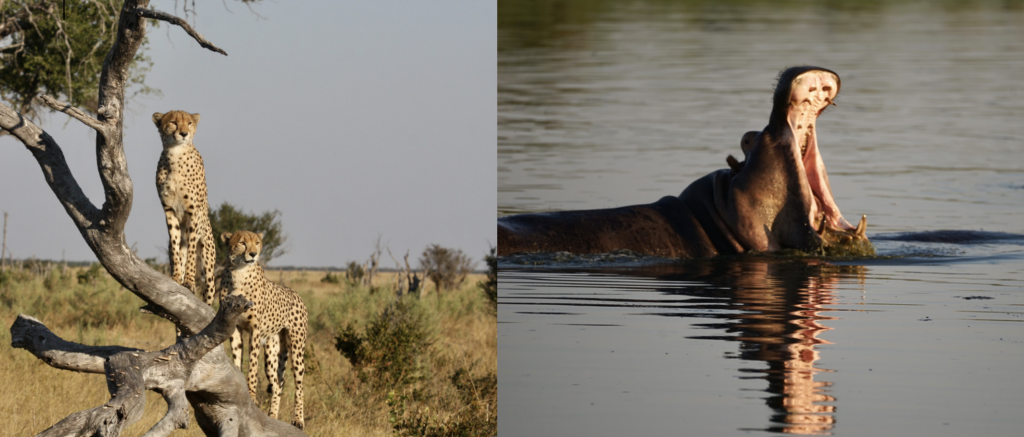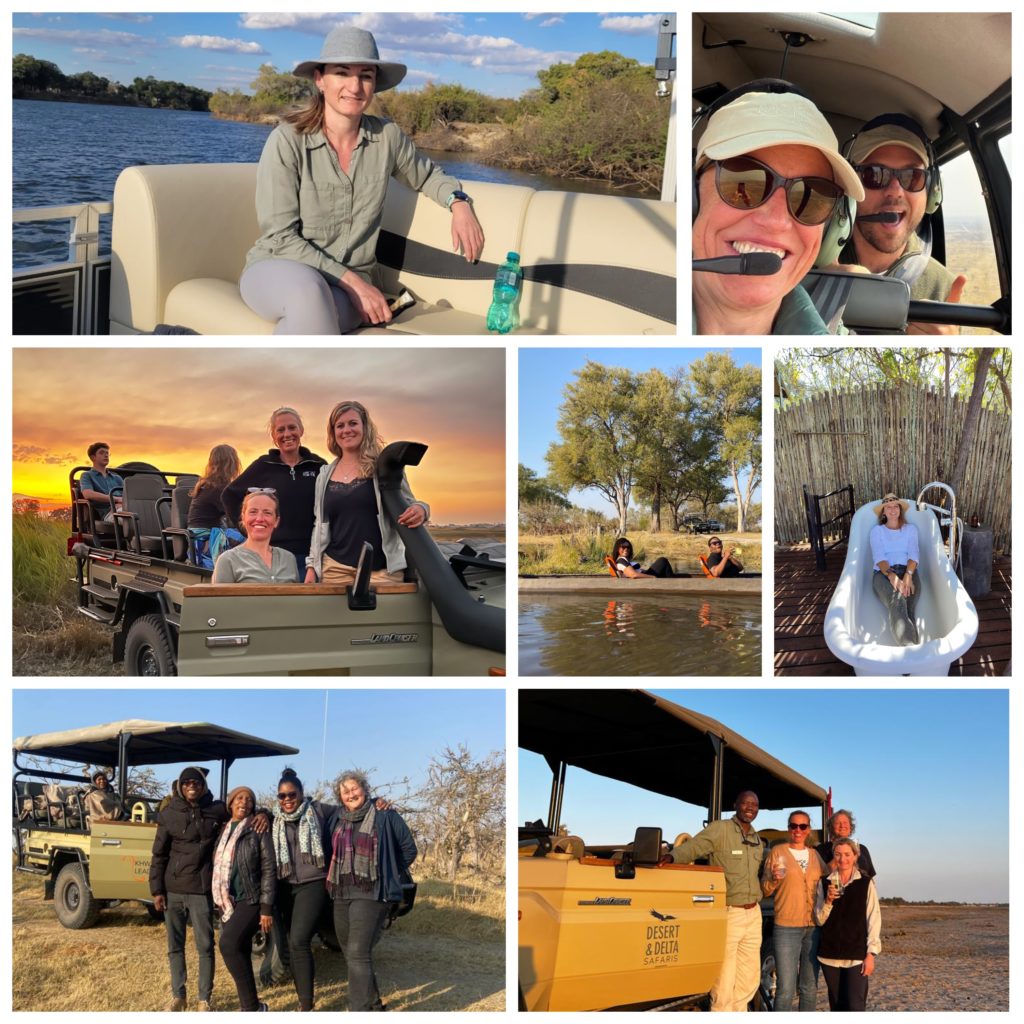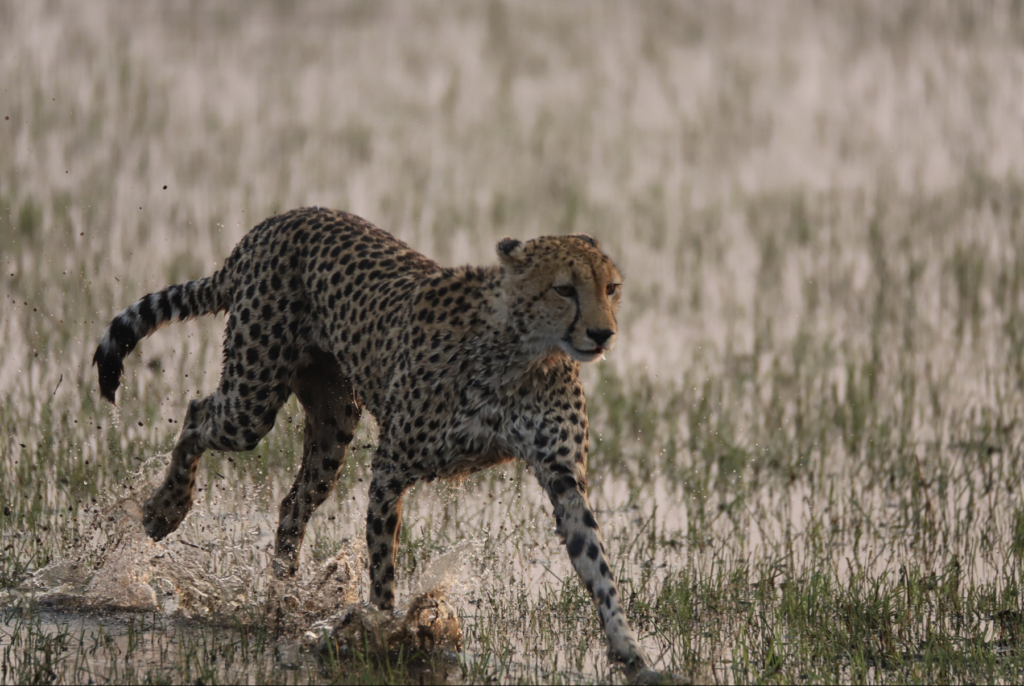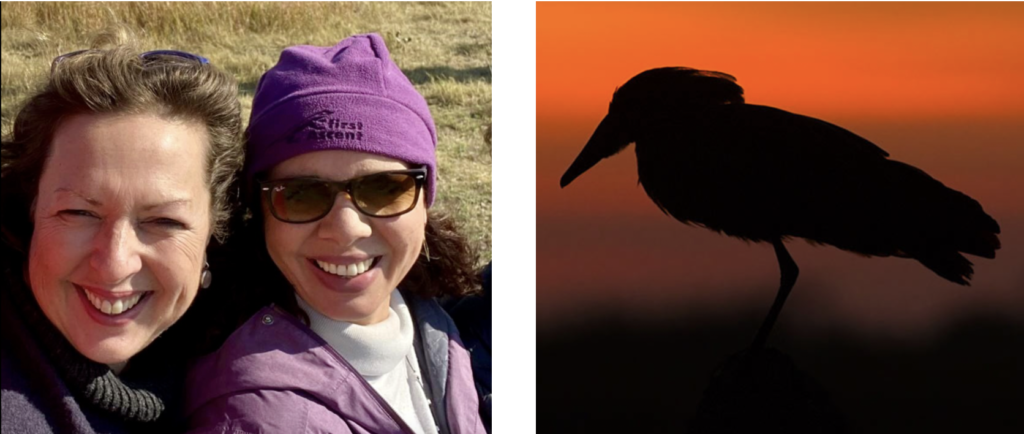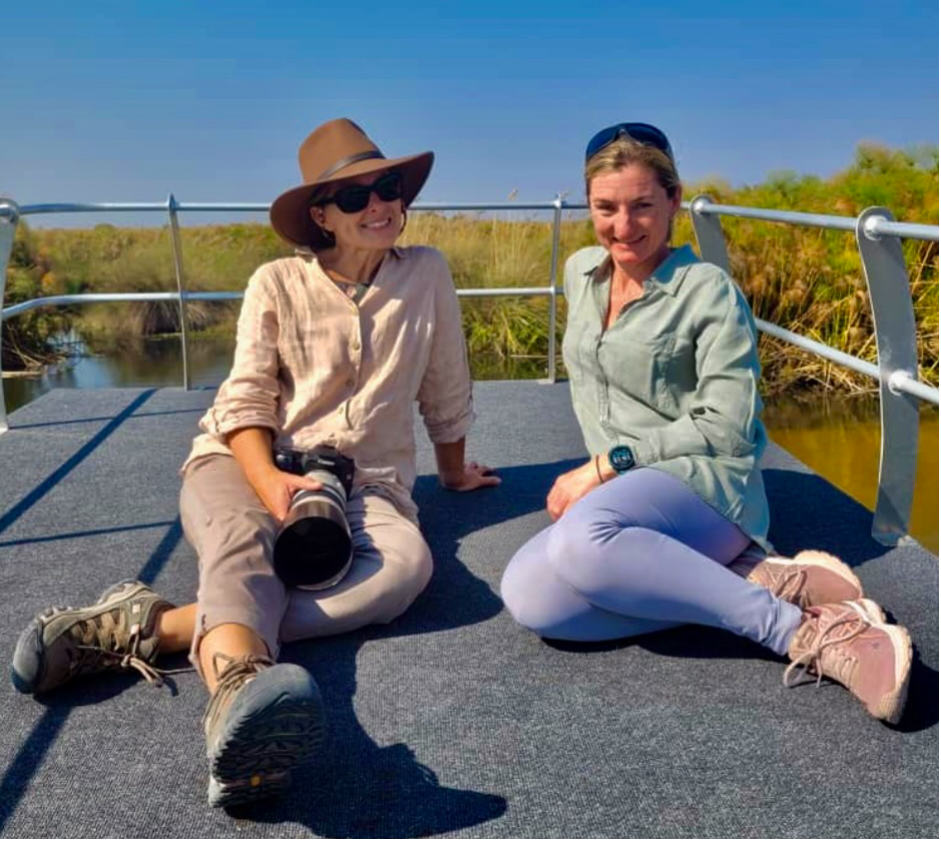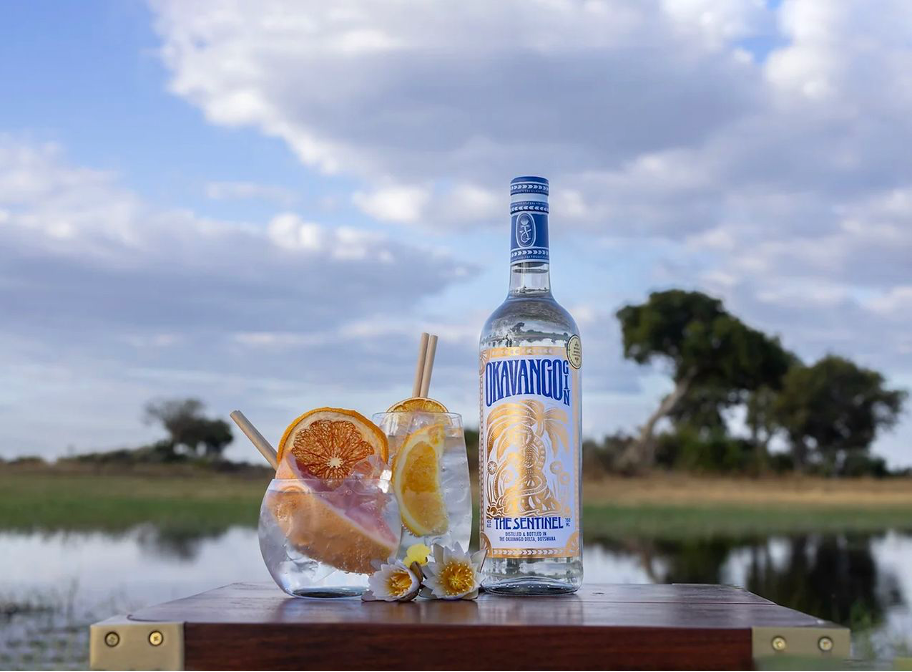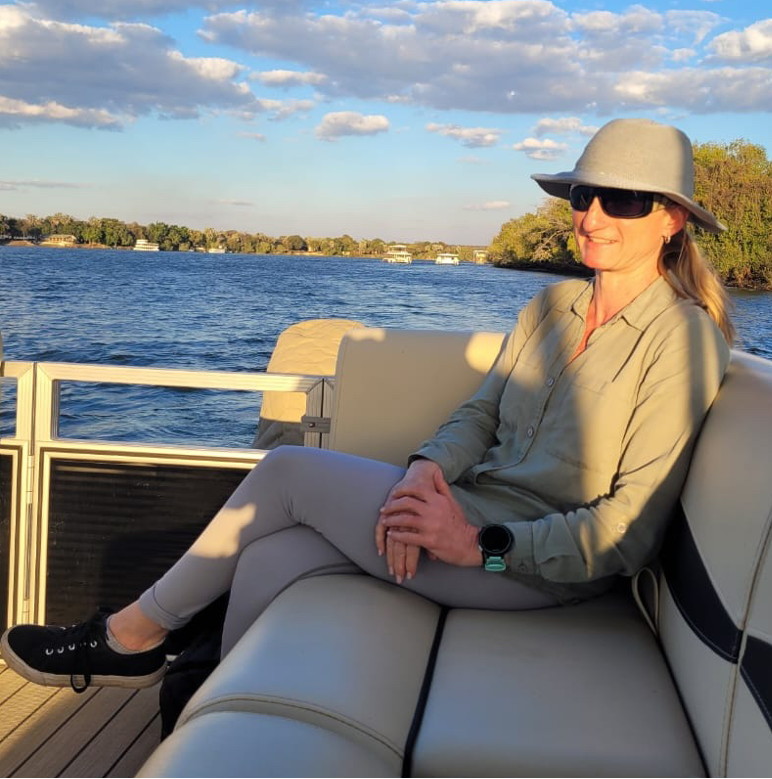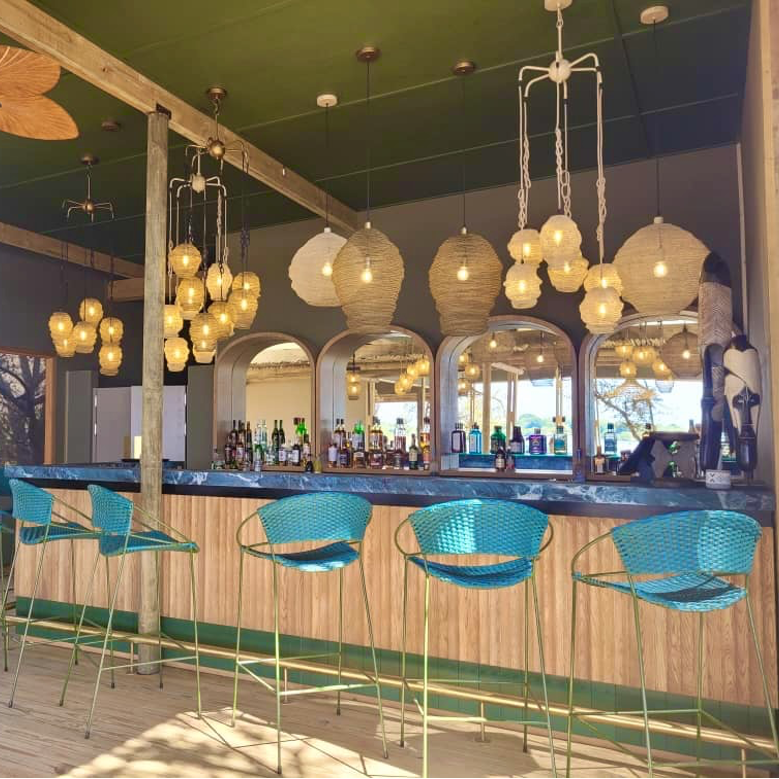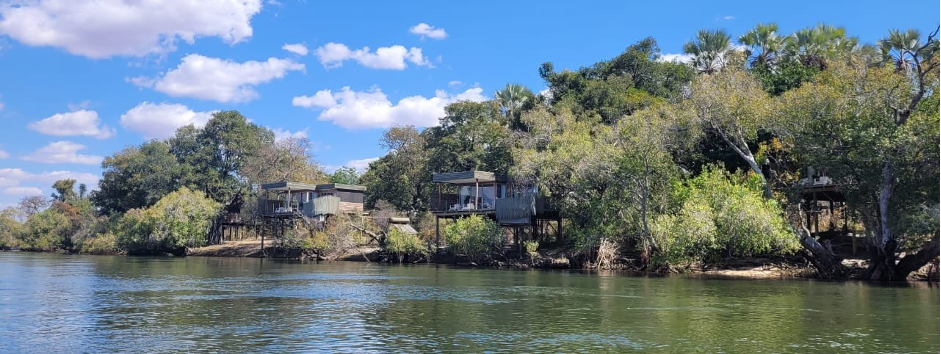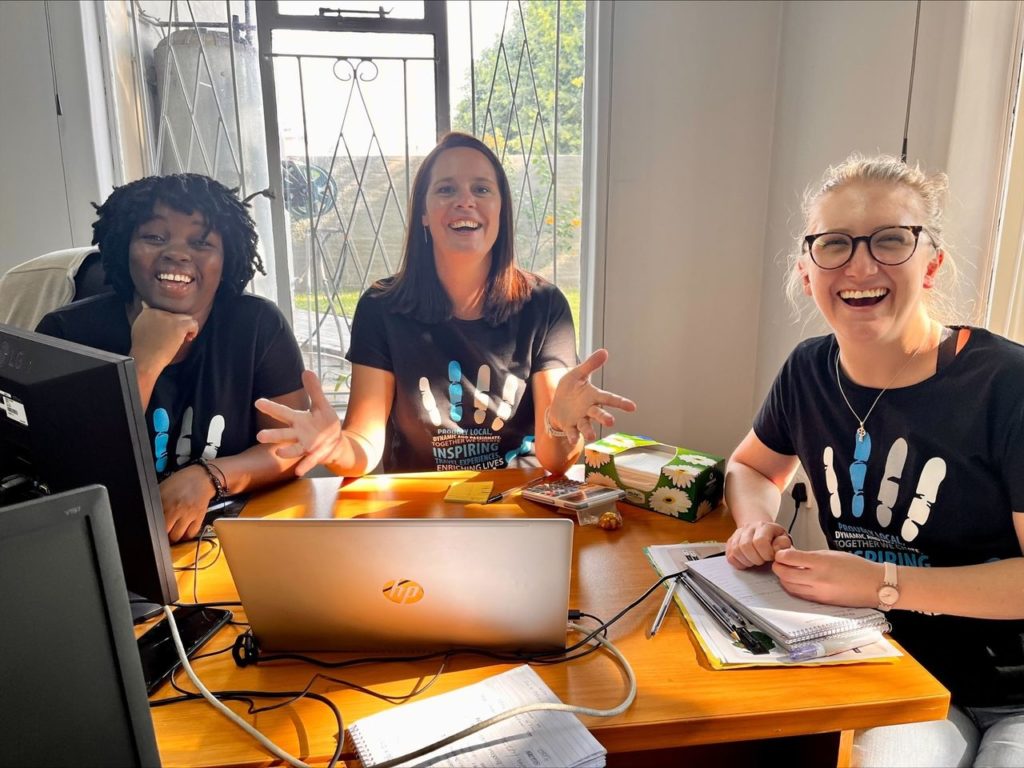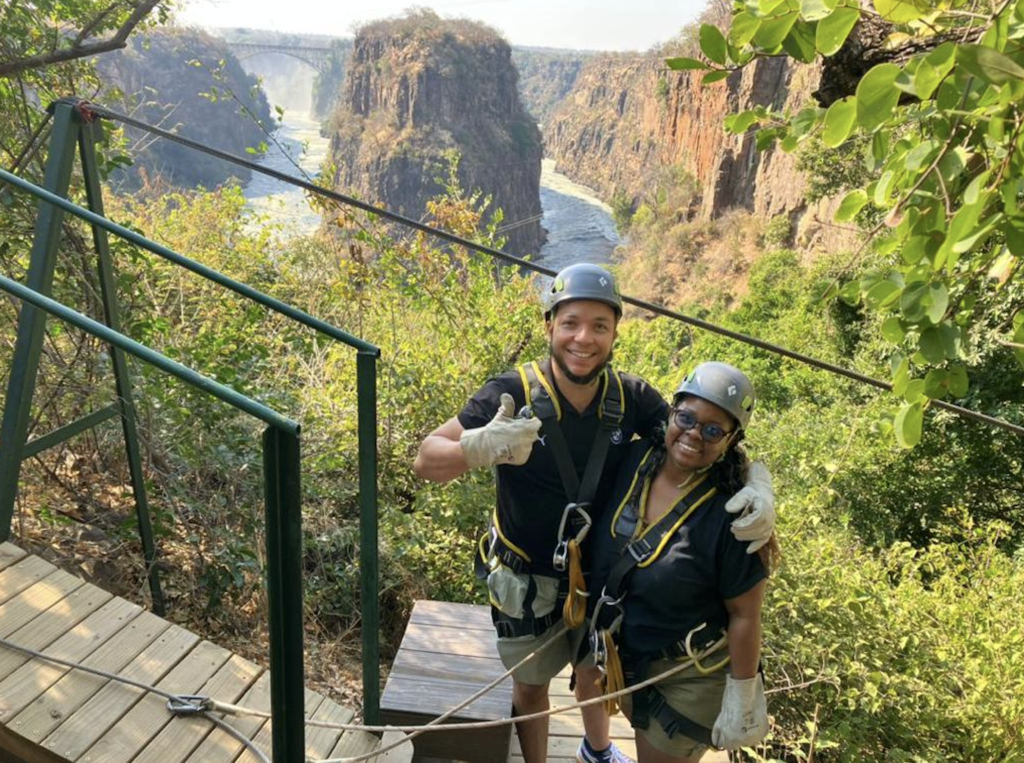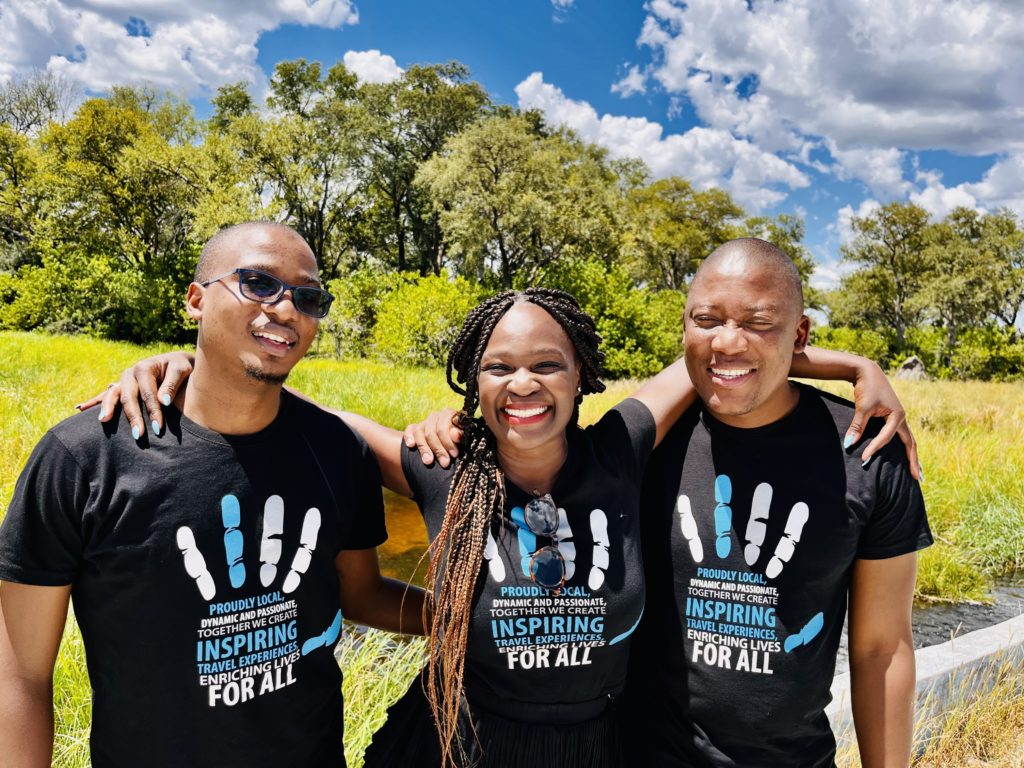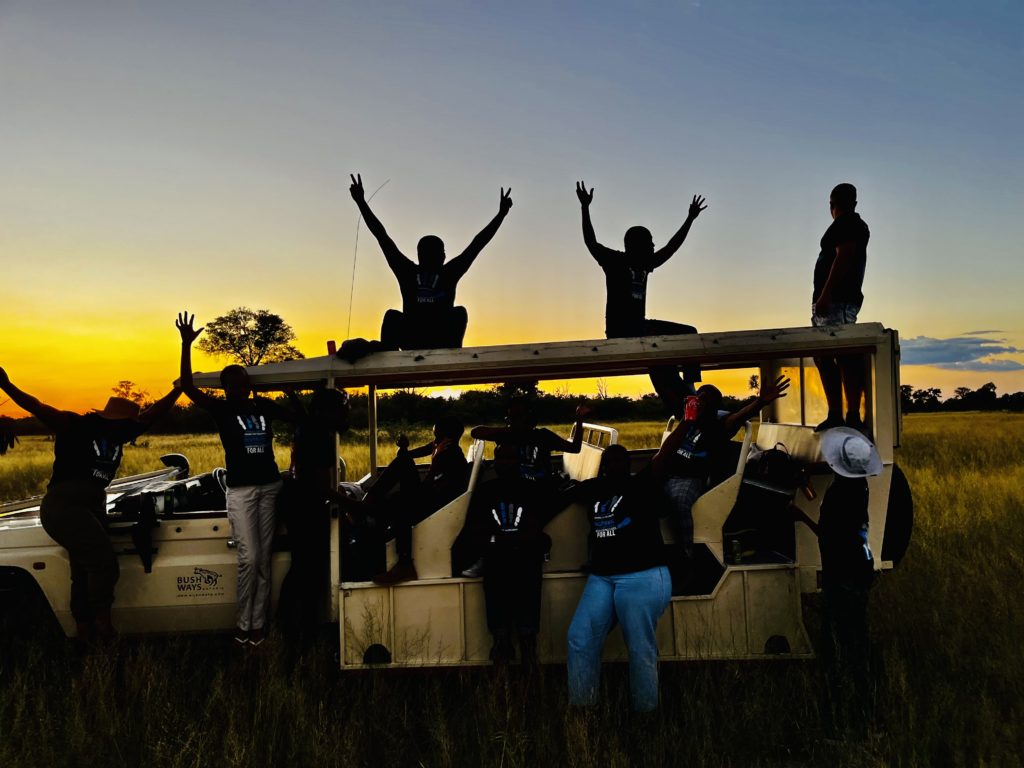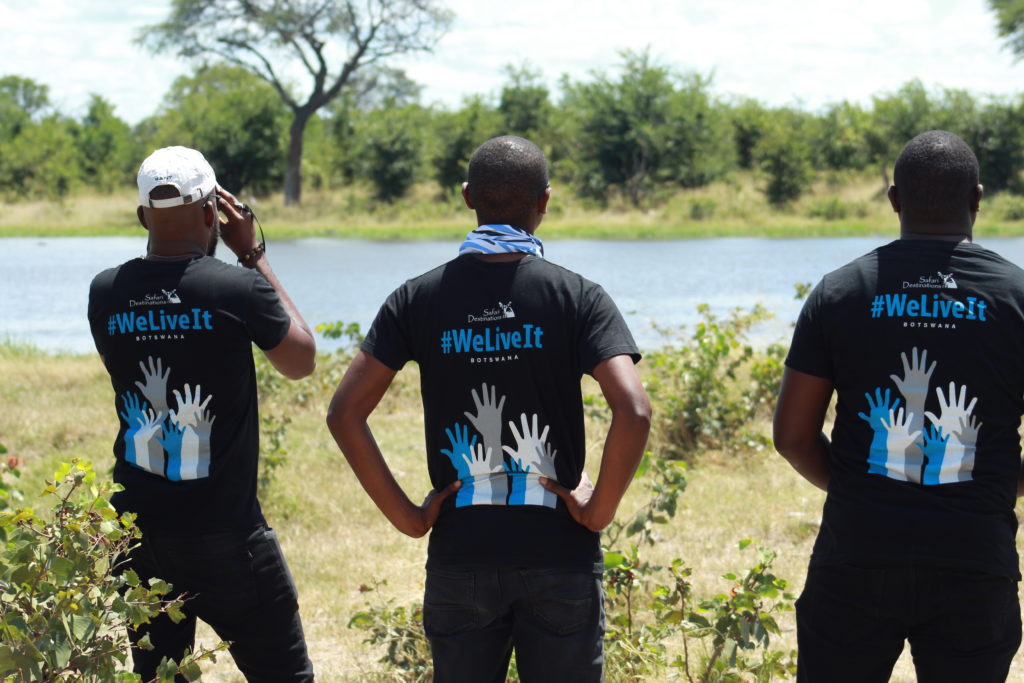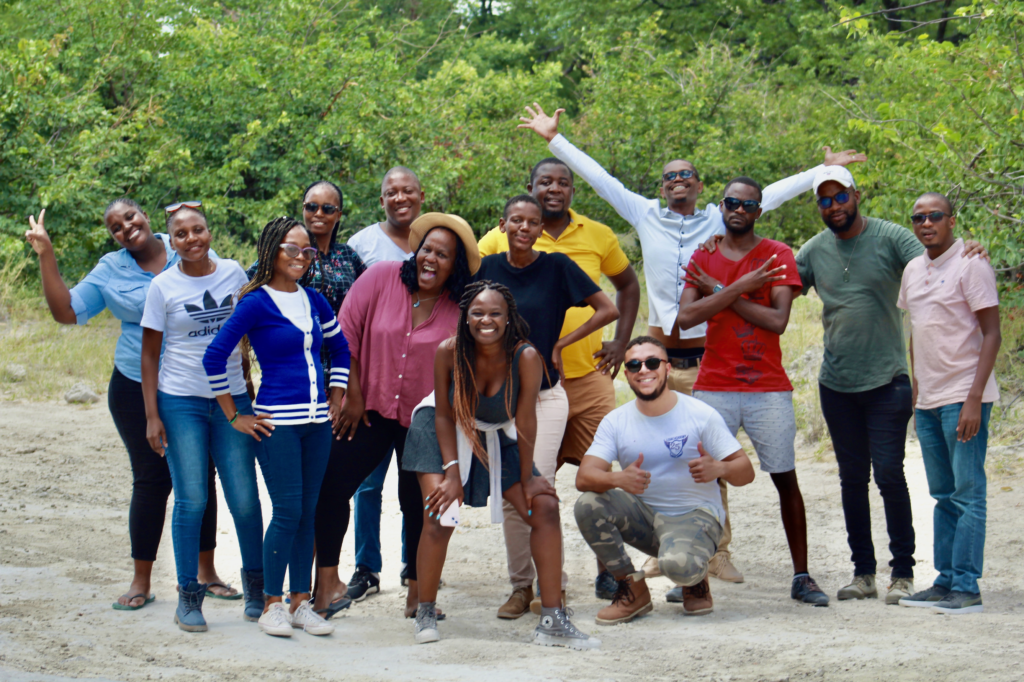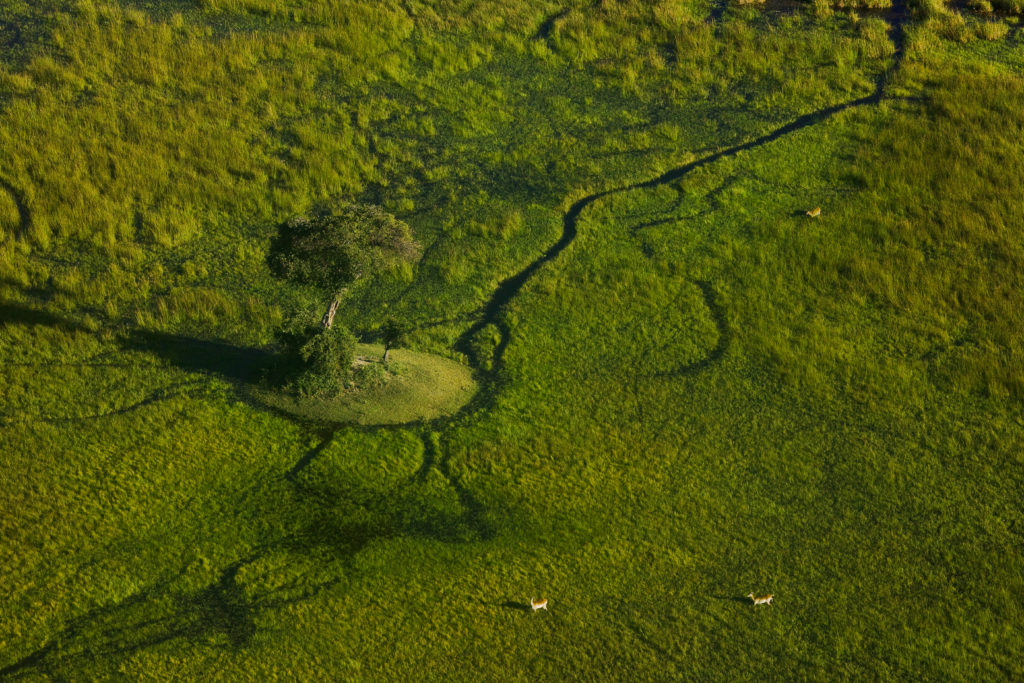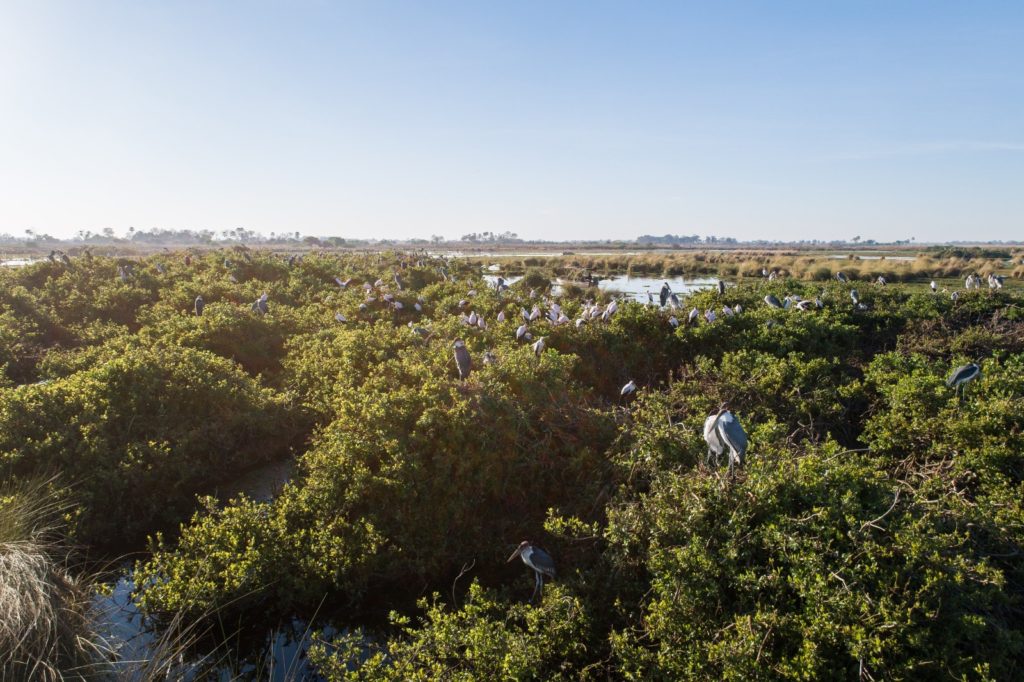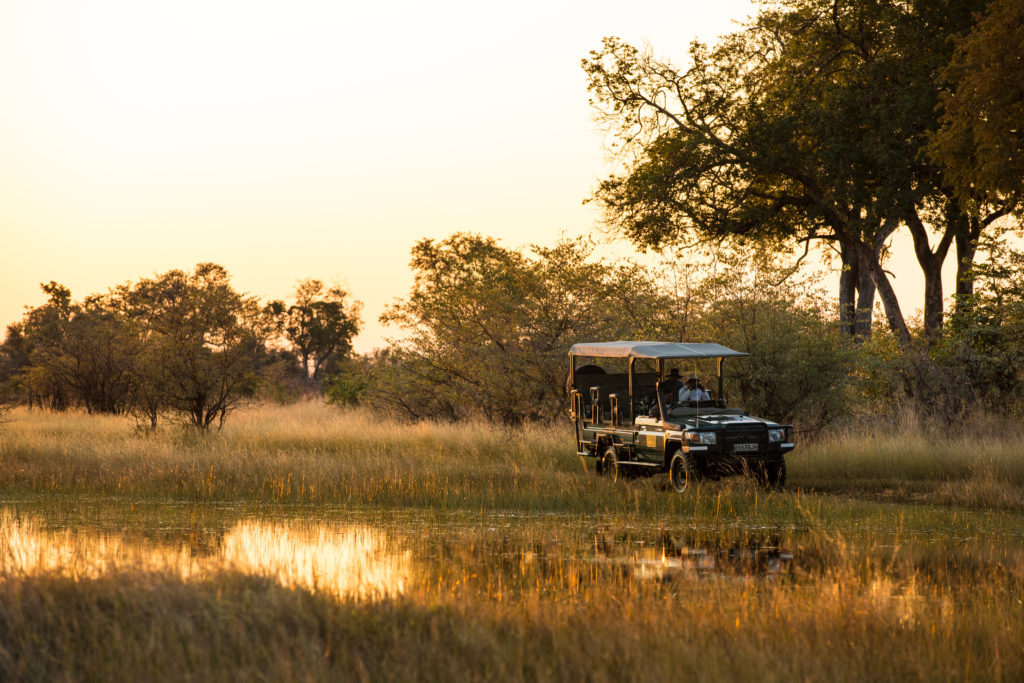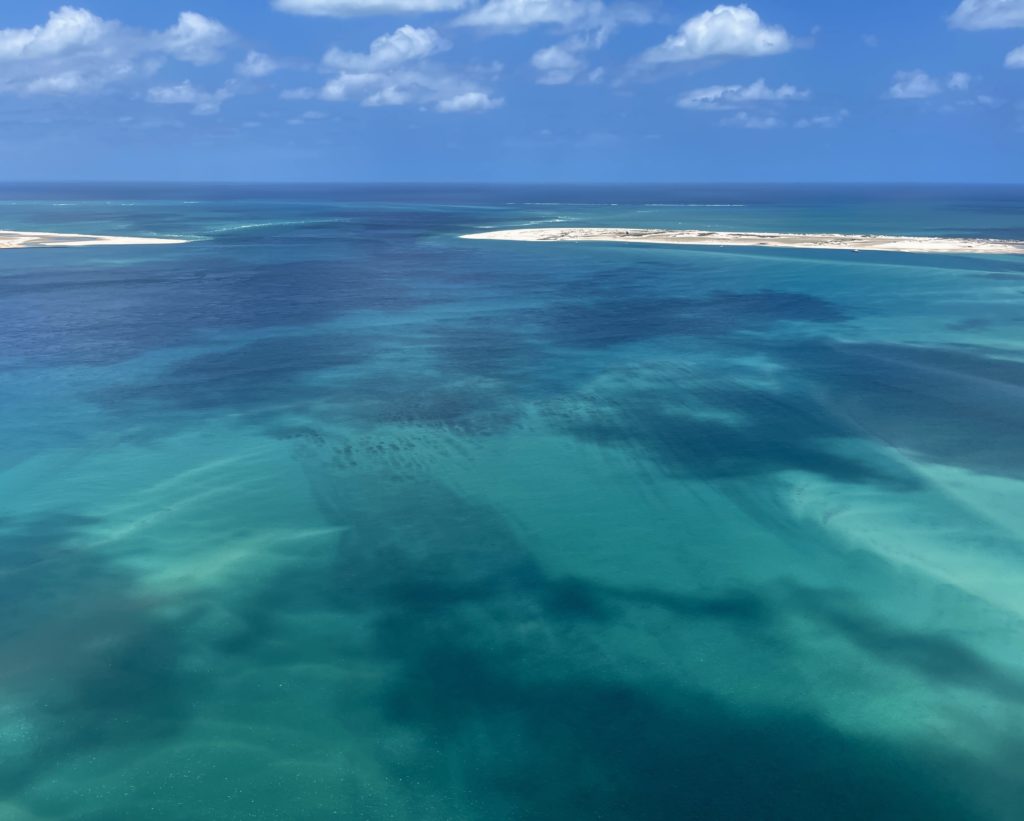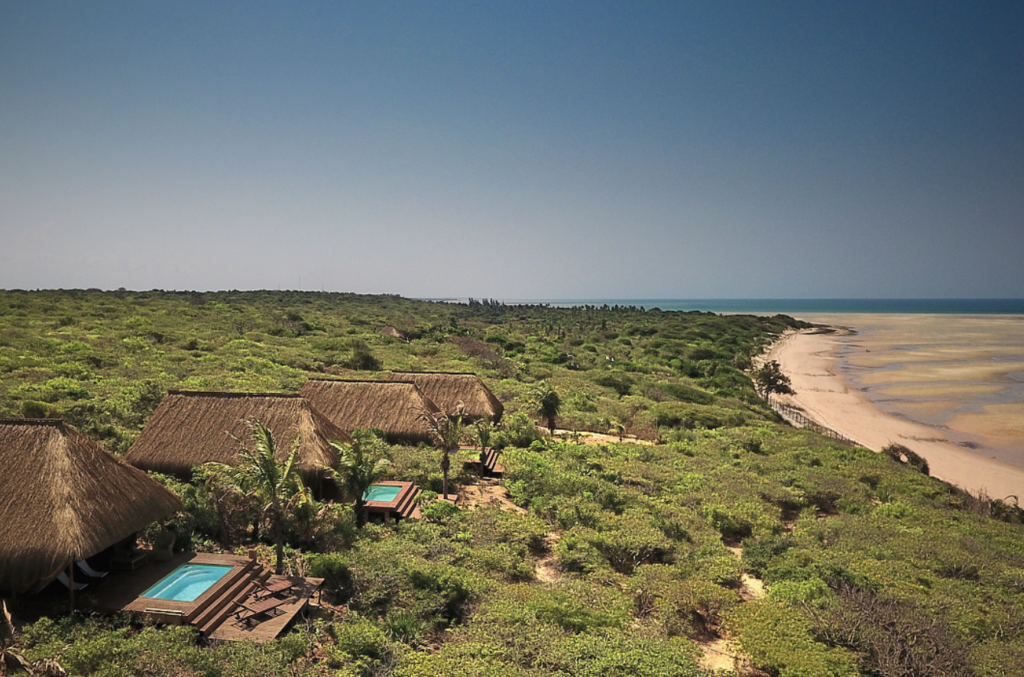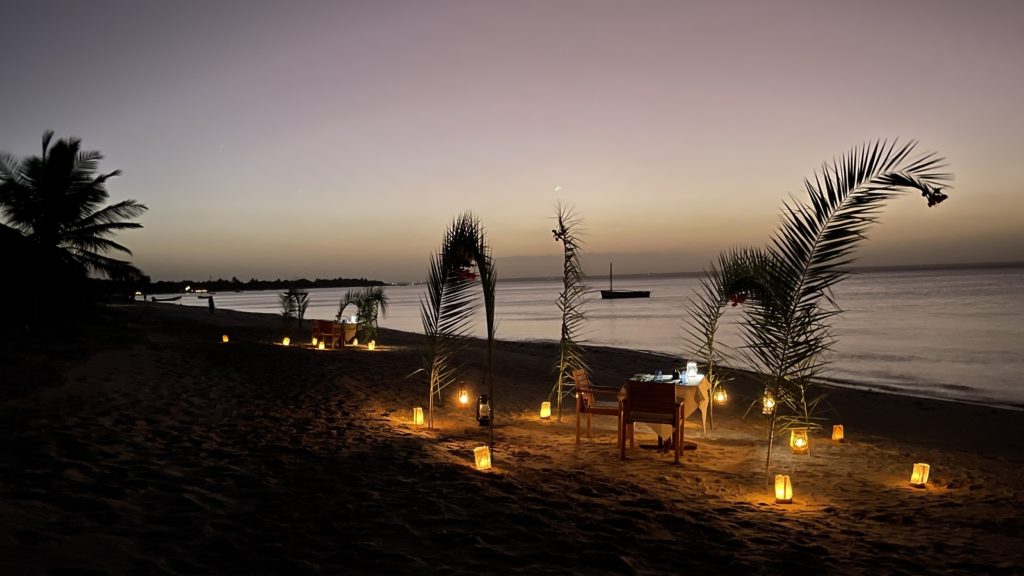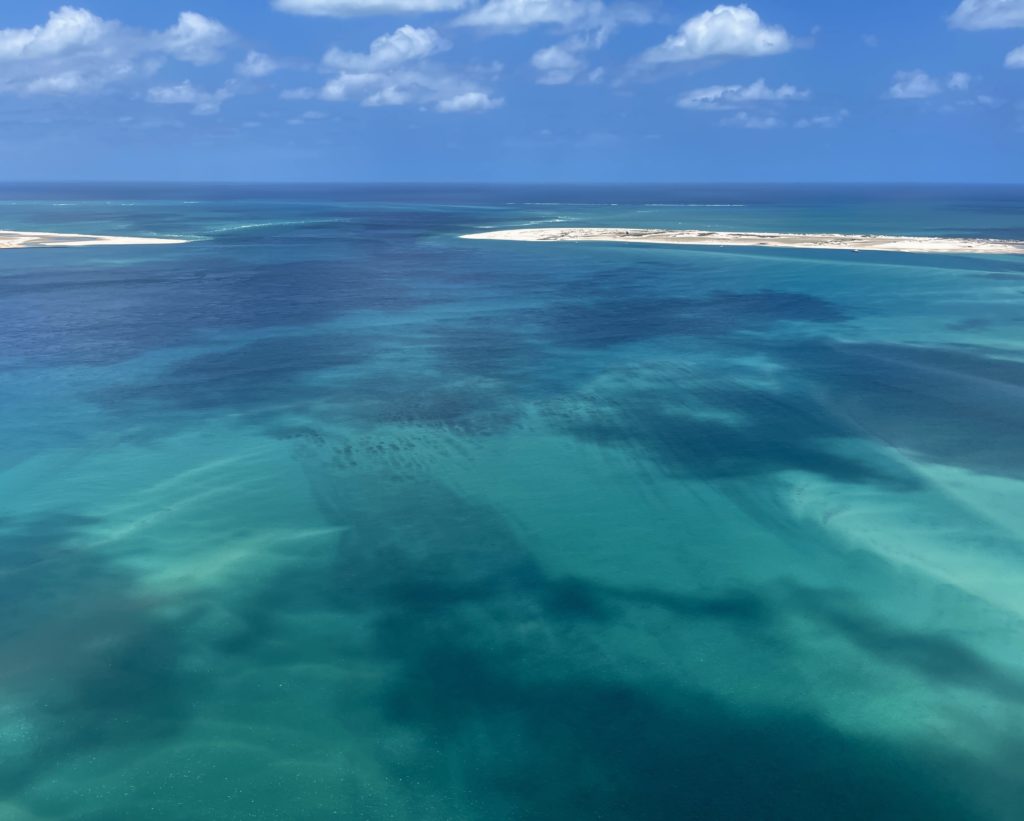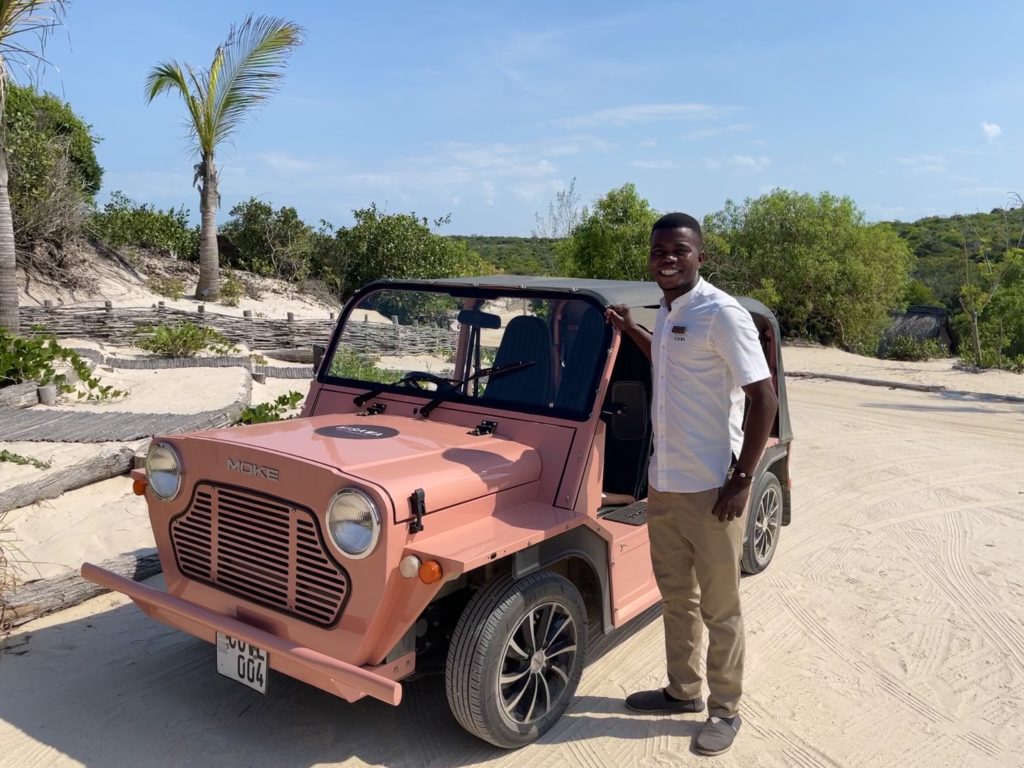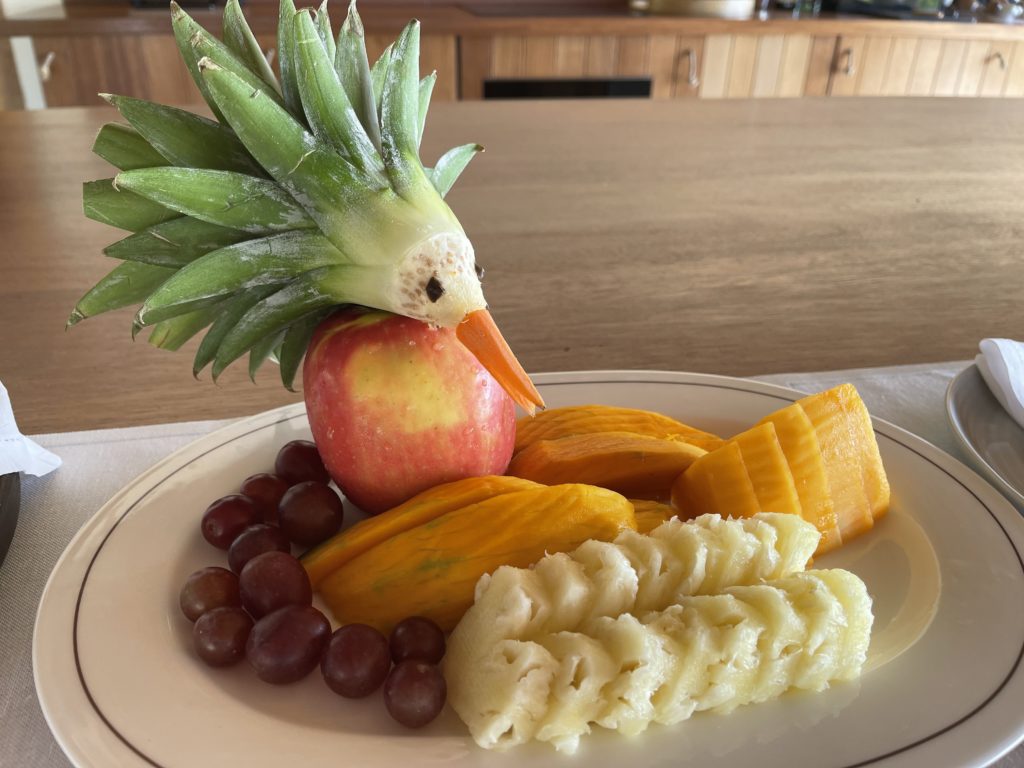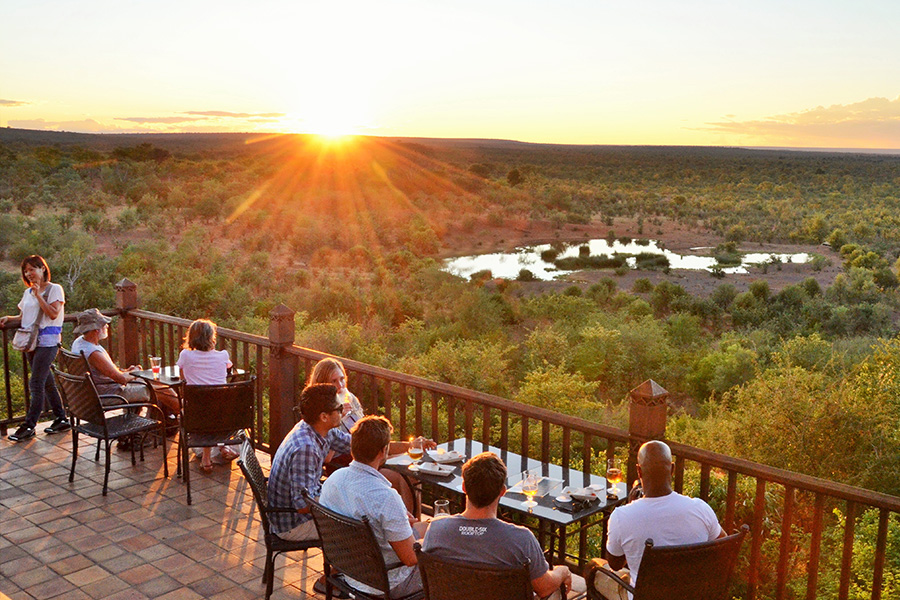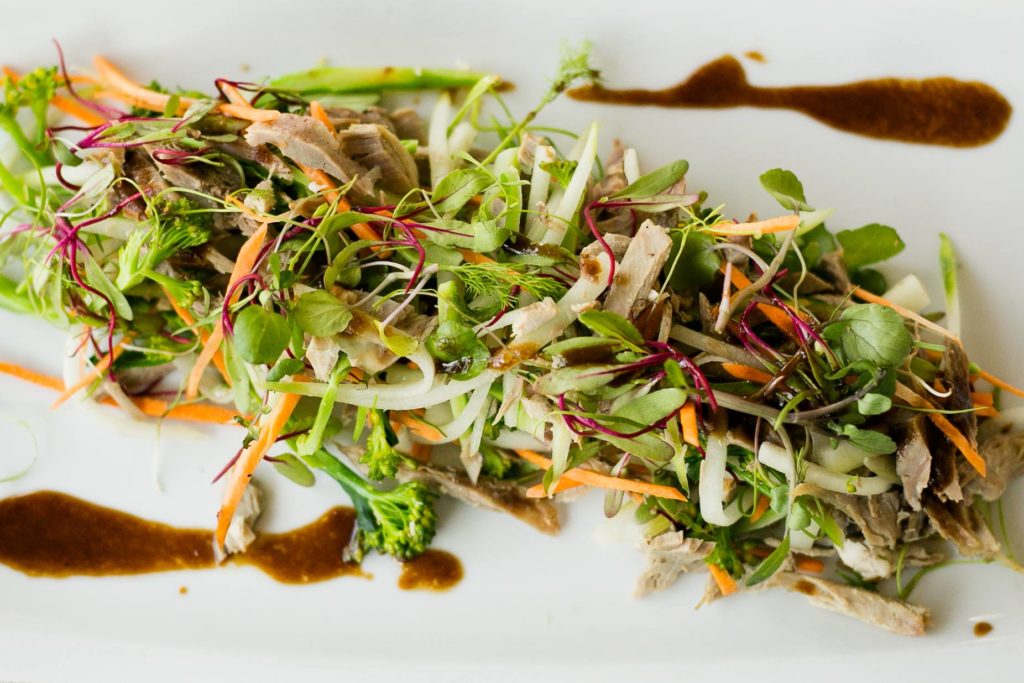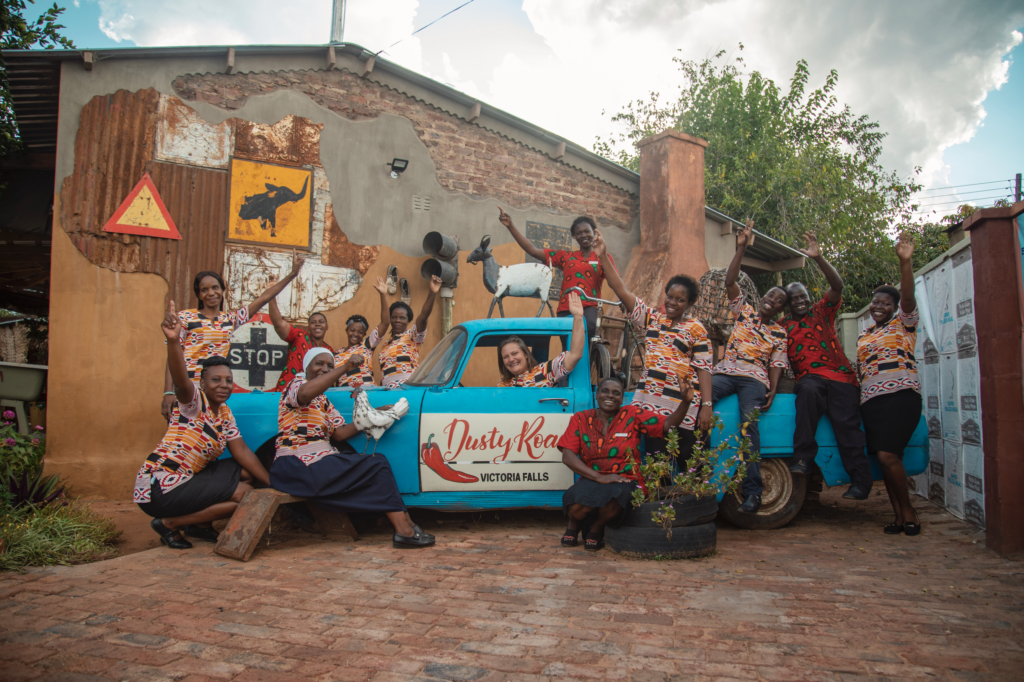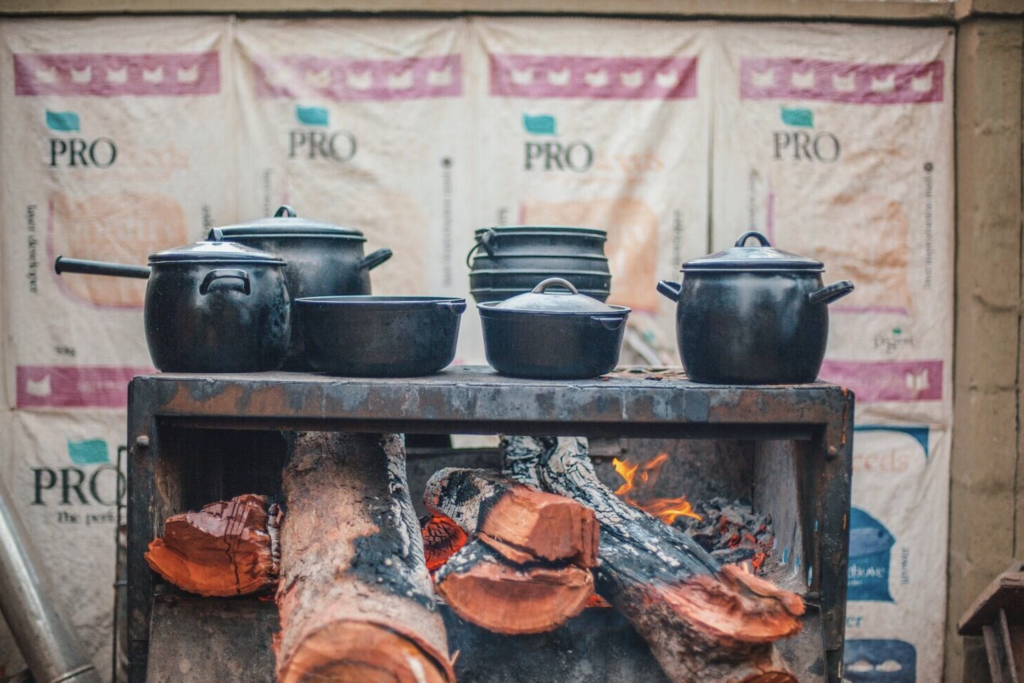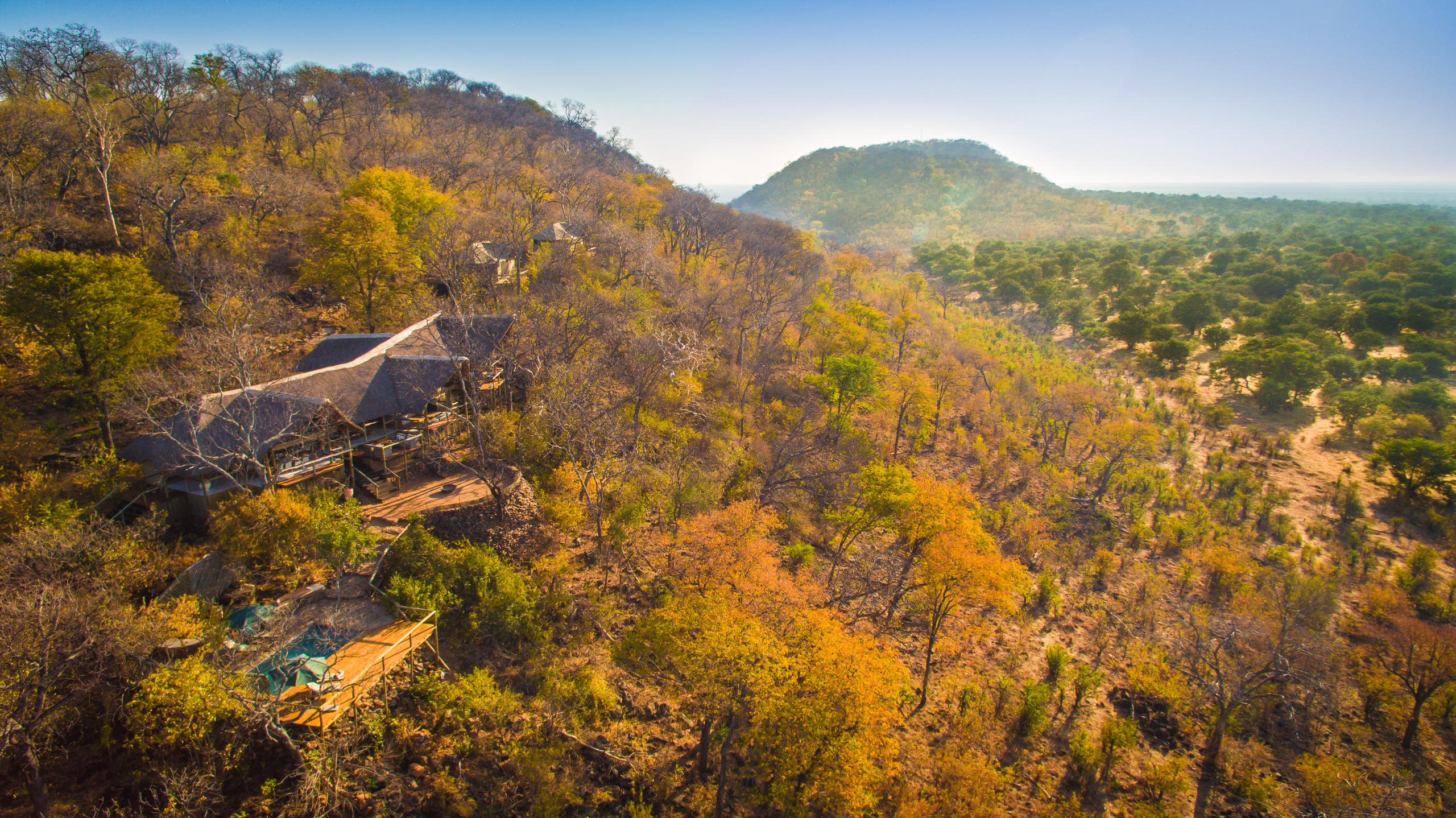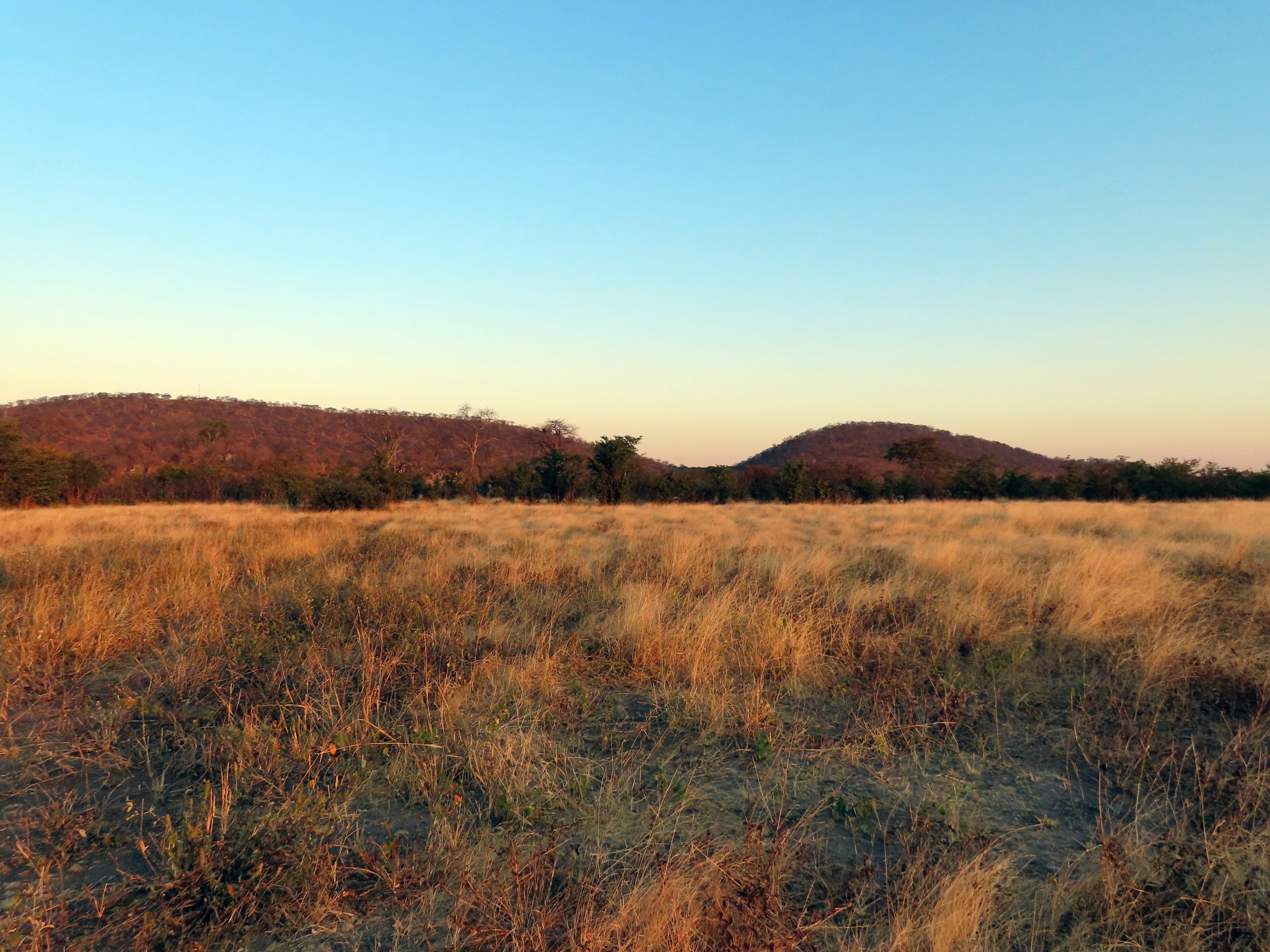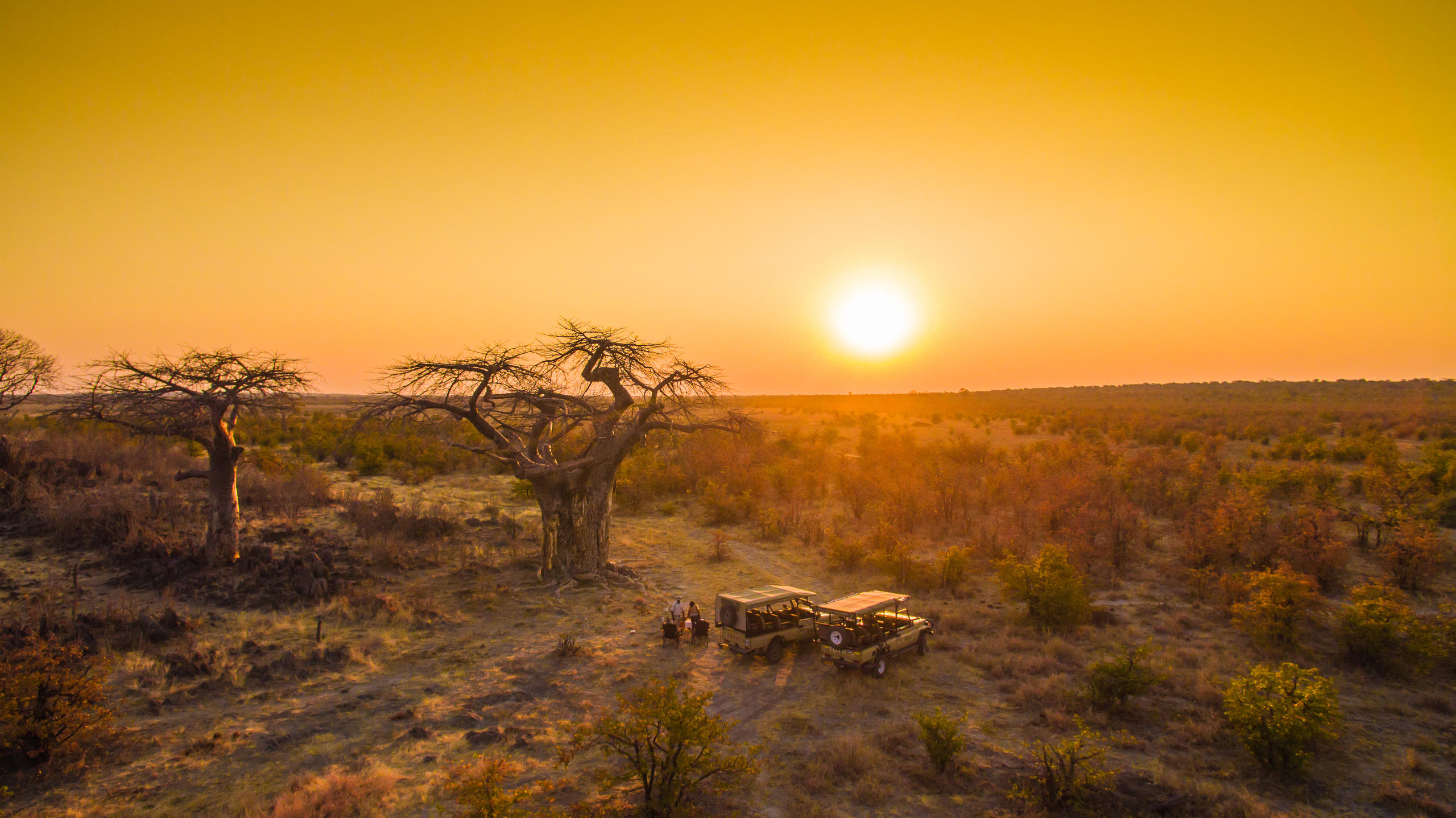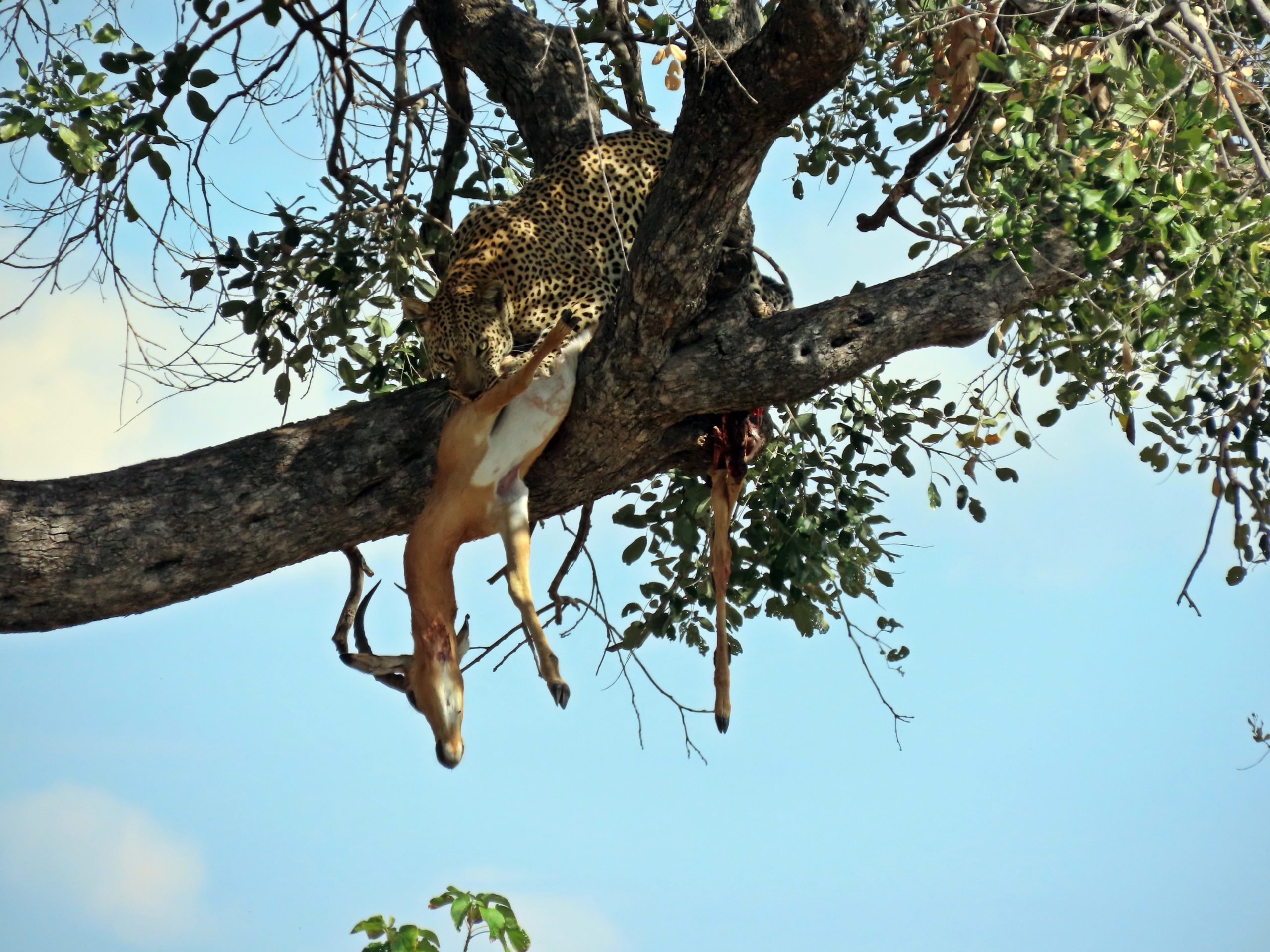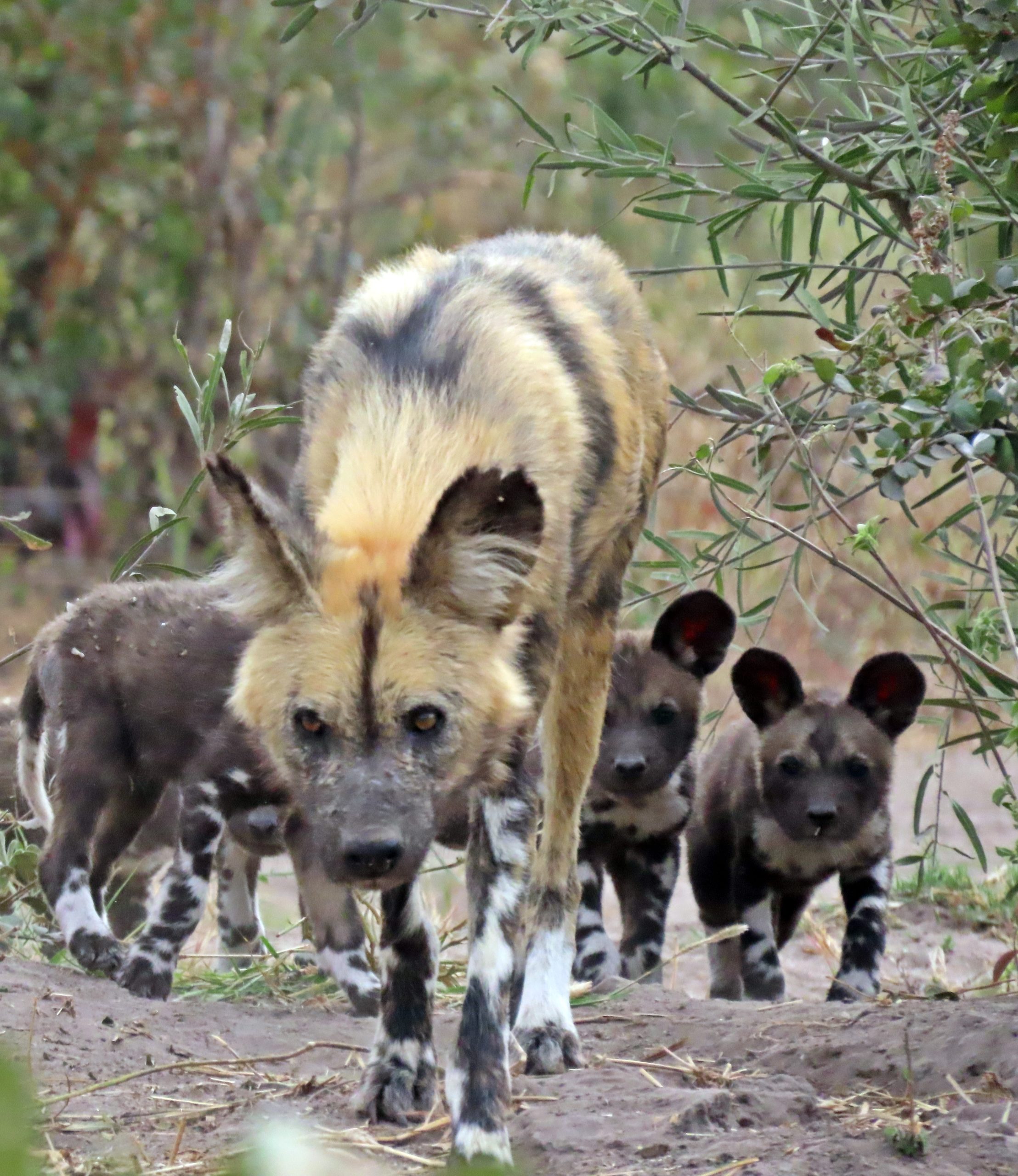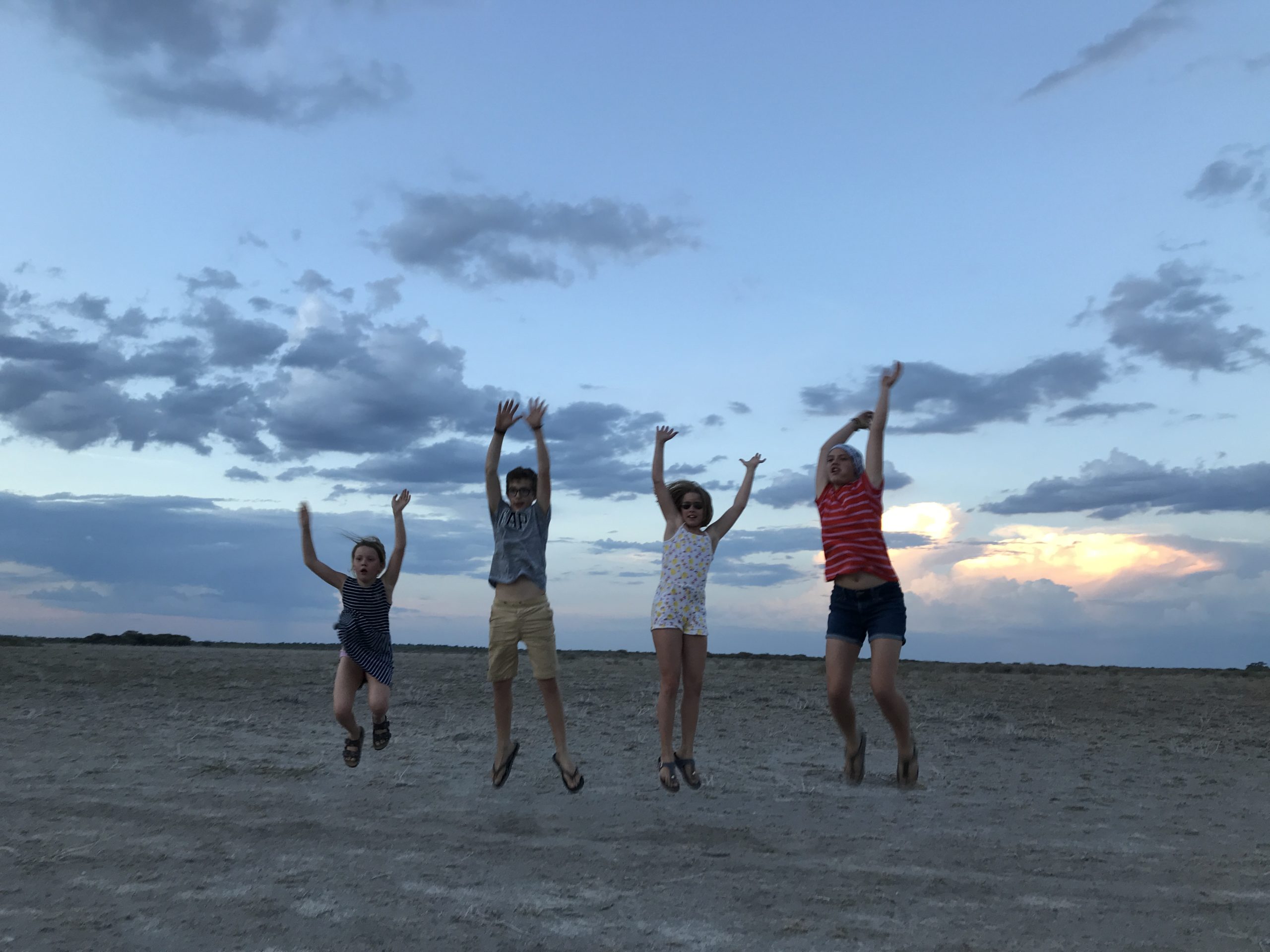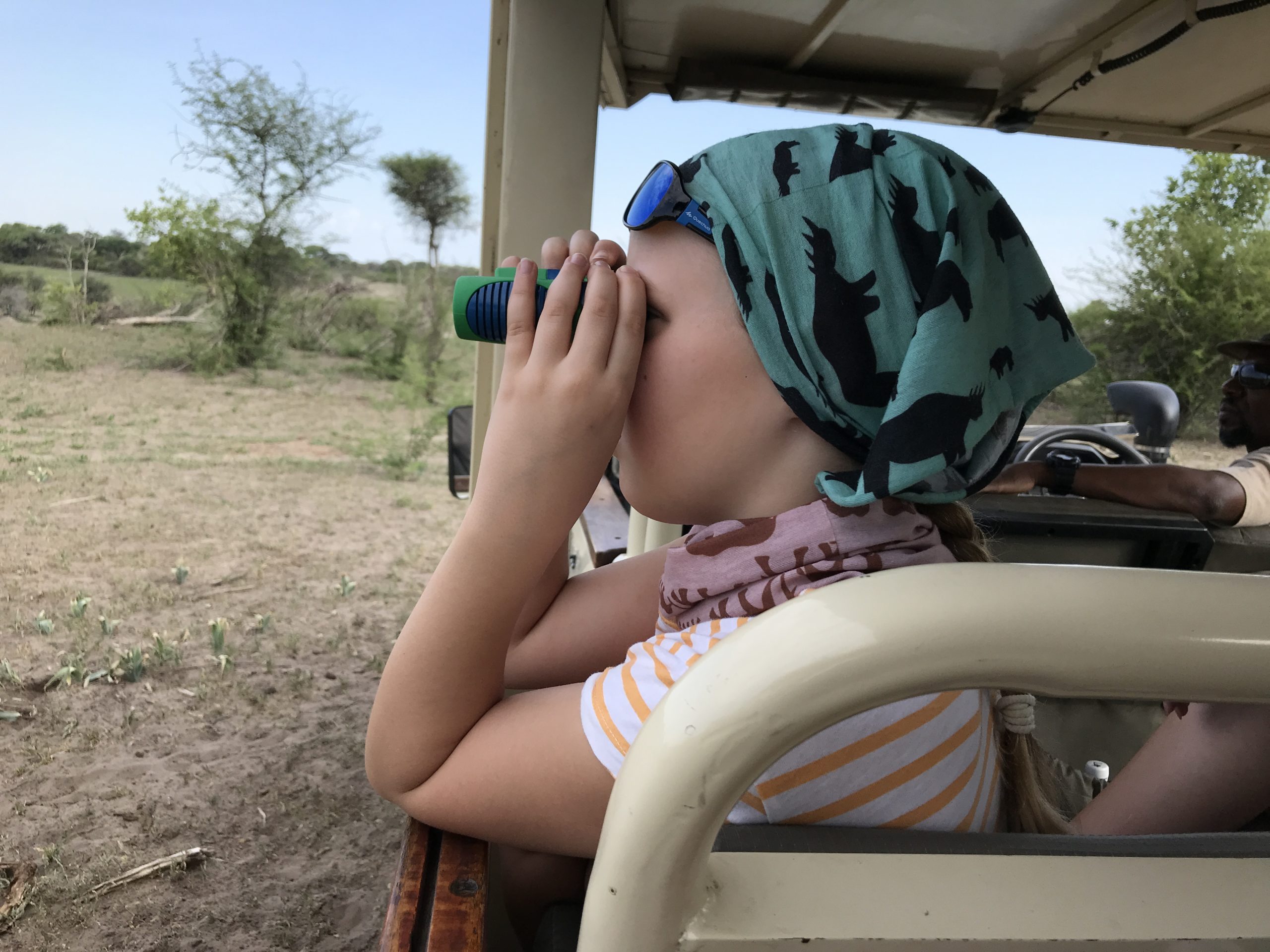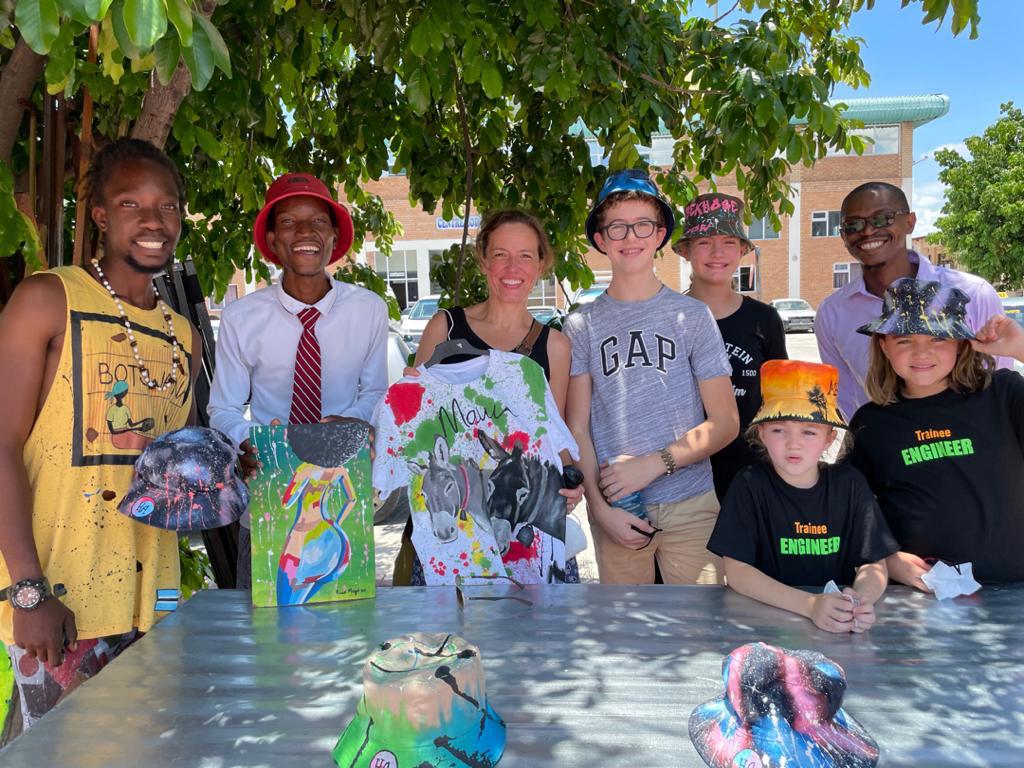Exciting New Safari Lodge Openings & Upgrades for 2025!
In 2025, your clients can look forward to an exciting range of new lodges and camps opening across Botswana as well as updates on rebuilds and renovations of longtime favourites. From exclusive lodges to sophisticated riverside retreats, we’ve got the latest details on the all the new properties. Whether your clients are seasoned safari-goers or embarking on their first adventure, these upcoming openings offer an ideal blend of comfort, adventure, and the stunning beauty that Botswana is known for.
Maxa Camp – Ker & Downey | Opened March 2025

Maxa Camp, which opened in March 2025, is an intimate safari escape designed to host up to 12 guests in four stylish tents, each offering an en-suite indoor and outdoor bathroom. A spacious family tent features two bedrooms, a shared en-suite, and an outdoor bathing area. Guests can indulge themselves in the pristine wilderness through guided walking safaris, game drives, and traditional mokoro excursions.
Xugana Island Lodge – Desert & Delta Safaris | Re-opening April 2025
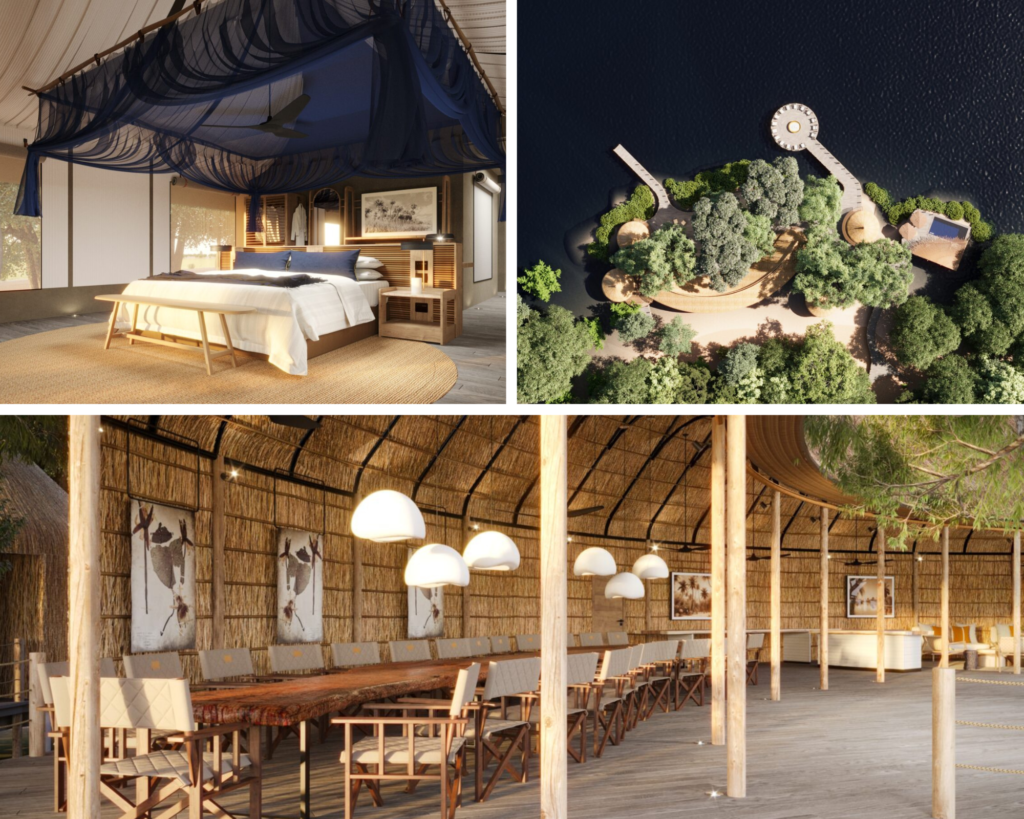
After an extensive rebuild, the iconic Xugana Island Lodge will reopen on 16 April 2025 with a fresh, contemporary look. The redesigned lodge boasts stunning overwater decks, a repositioned pool with panoramic views, and an overwater fire-deck. Rooms combine modern comfort with natural charm, featuring lagoon-inspired interiors and expansive views. With new accommodation options, including a private family suite, Xugana Island Lodge offers an unmatched balance of exclusivity and immersion in nature.
Mbamba Camp – Natural Selection Travel | Opening April 2025
Tucked away in the northern Okavango Delta, Mbamba Camp is set to offer a blend of elegance and an authentic bush experience. The camp will feature 12 beautifully designed tents, including family-friendly options, each equipped with air-conditioning and en-suite bathrooms. A pool provides a tranquil retreat between thrilling game drives and serene mokoro or boat safaris, making it a perfect base for exploring the diverse ecosystems of the Delta.
Monachira Camp – Machaba Safaris | Opening May 2025

Nestled near the Moremi Game Reserve, Monachira Camp will deliver a front-row seat to the breathtaking floodplains of the Okavango Delta. Designed for water-based safari enthusiasts, this camp will offer guided walks, mokoro trips, boat safaris, and short game drives that bring guests closer to the region’s rich wildlife. Expect a truly immersive experience in one of Africa’s most spectacular landscapes.
Sediba Sa Rona – Desert & Delta | Opens in April 2026

Located in the Khwai Concession, Sediba Sa Rona is overlooking the breathtaking Khwai River, the lodge offers 15 luxury river-facing tents, each featuring en-suite bathrooms and private outdoor decks with stunning views. Amenities, include a fire deck, swimming pool, and spa. For activities, Sediba Sa Rona provides game drives, night safaris, mokoro excursions, and scenic helicopter flights.
Safari Lodge Upgrades for 2025
Several iconic camps and lodges are getting upgrades in early 2025, bringing fresh improvements and refined experiences for guests. Here’s an update on what’s changing and when these lodges and camps will be ready to welcome guests again.
Chobe Elephant Camp | Bush Ways Safaris

While the final touches are still in progress, the transformation is already taking shape beautifully. The extended main area, updated furniture, and a contemporary design with bold red accents are adding a fresh energy to the camp.
Sango Safari Camp | Bush Ways Safaris
Between 16 January and 6 February 2025, Sango Safari Camp underwent maintenance to refresh guest areas while maintaining its classic safari charm. Visitors can expect a more refined and comfortable atmosphere with a larger main area as well as a bigger pool.
Ghoha Hills Savuti Lodge

A significant refurbishment took place from 15 January to 14 March 2025, enhancing this lodge’s position as a premier destination in the Savuti region. The upgrades include refreshed interiors and improved guest spaces while preserving the lodge’s elevated views and natural surroundings.
Kanana | Ker & Downey Botswana
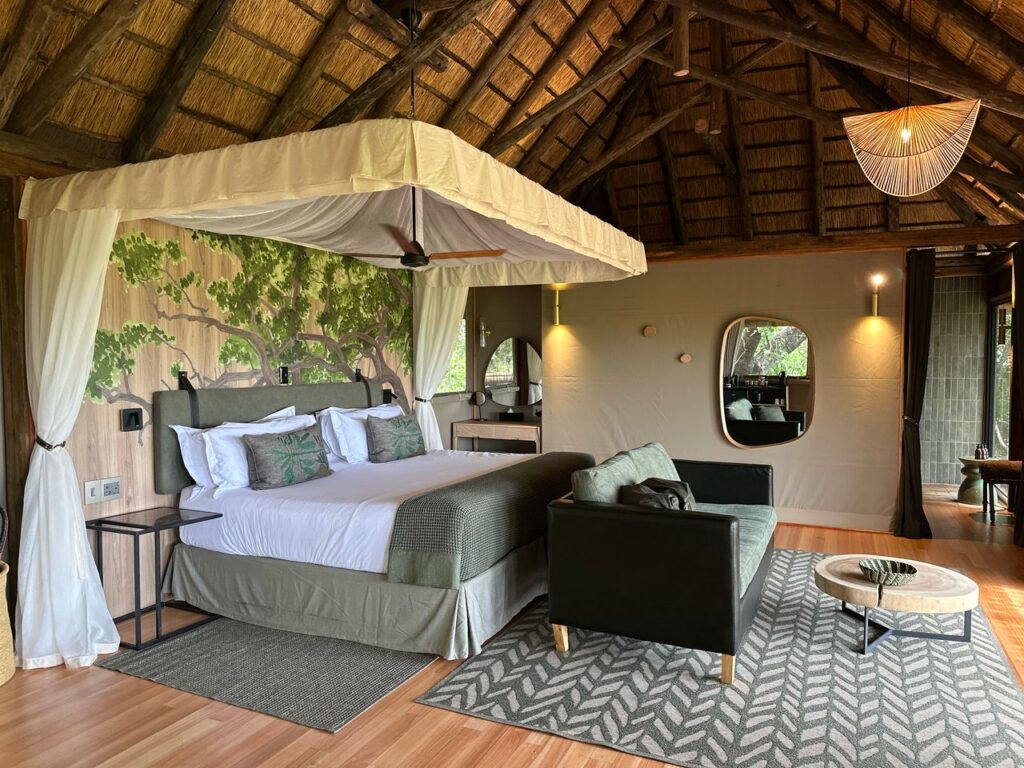
The legendary Kanana Camp has been rebuilt from January to March and is shining brighter than ever. The new design features expansive views of the floodplains and Zepa Lagoon, with interiors that seamlessly integrate with the surrounding landscape. The green color scheme beautifully reflects the environment, with rich earth tones complemented by softer hues, creating a serene atmosphere. Being located in one of the best wildlife areas in the Okavango Delta Kanana offers land and water experiences with amazing game-viewing.
Planet Baobab | Natural Selection Travel
Following a fire in November 2024, Planet Baobab is undergoing a full rebuild. In the meantime, self-drive visitors still have access to power facilities at the campsites. The pool has been restored, and major renovations to the reception, bar, and kitchen are underway to bring back the camp’s distinctive charm.
Baines Camp | A & K Sanctuary Retreats

Baines Camp has been temporarily closed since 29 October 2024, with a reopening set for 7 July 2025. The redesign retains the camp’s exclusivity while incorporating modern comforts that blend seamlessly with the surrounding wilderness.
Chitabe Camp | Wilderness Destinations
This well-loved camp is undergoing a refresh from 5 January to 25 April 2025, with a reopening planned for end of April. Guests can look forward to updated interiors and upgraded guest spaces that enhance the camp’s classic safari experience.
Jacana | Wilderness Destinations

Jacana is a small and welcoming camp set on a palm-dotted island in the heart of the Okavango Delta. Retouched now, it has a fresh, updated feel while keeping its relaxed, laid-back character. Activities here are centred around the Delta’s waterways, with mokoro trips, boating, game-driving, and birdwatching giving guests a chance to enjoy a quieter, more water-based safari experience.
We’re keeping a close eye on the progress of these remarkable properties and will be sharing exclusive updates as they approach their grand openings. Be sure to follow our social media pages and stay tuned for the latest developments.

